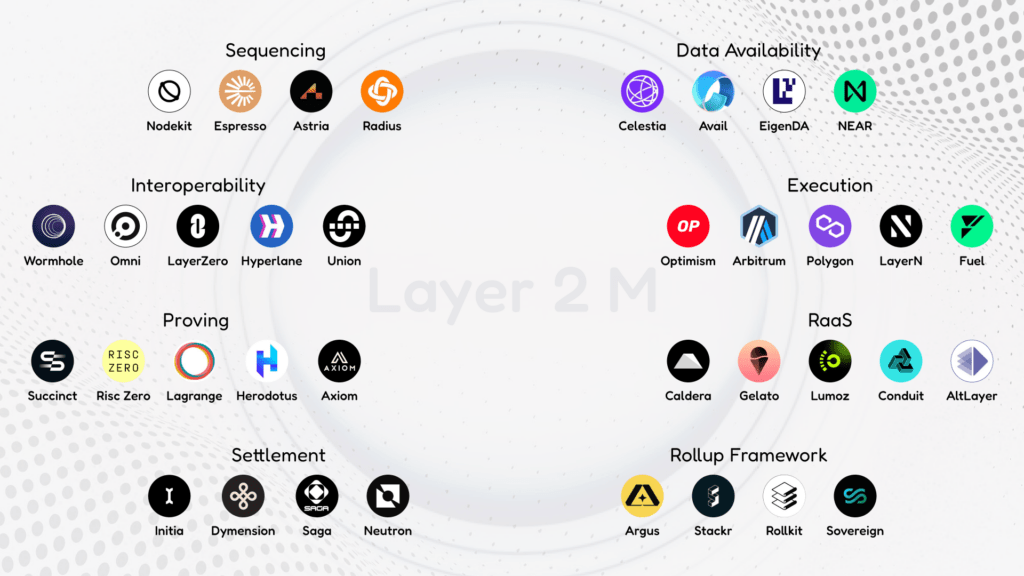Research Summary
The report analyzes the recent surge in transactions on the zkSync platform, which was perceived as a stress test for the Layer2 public chain. The report clarifies that the platform did not crash, but rather successfully withstood the test, demonstrating its capacity to handle peak transactions per second (TPS) and maintain gas stability.
Key Takeaways
Understanding zkSync’s Block Production
- Transaction Creation and Sequencing: The report explains that users create transactions that enter zkSync’s Sequencer’s sorting sequence. The Sequencer packages these based on Gas Fee, validates them, and submits them to the mainnet for final confirmation. The report highlights that perceived transaction failures are often due to compatibility issues between Metamask’s RPC response time and zkSync’s Sequencer queue logic, not actual transaction failures.
- Sequencer Fair Sorting: The report notes that when users rapidly send transactions to the RPC queue, zkSync’s Sequencer assigns nonce based on time and sorts them accordingly. However, if a user perceives a transaction as failed in Metamask and submits a new one, some transactions may not make it to zkSync’s backend due to wallet and zkSync API interface issues.
Clarifying the “Crash” Issue
- zkSync’s Stability: The report clarifies that zkSync did not crash during the surge in transactions. The issue was with the browser frontend, as browsers pull data via zkSync’s RPC interface, which can be slow in responding. This is a browser frontend issue, not related to the chain’s operation.
Operational Performance of the Chain
- Transaction Speed: The report highlights that during the surge, zkSync’s TPS soared to a peak of 187.9, usually ranging between 50–100. This shows zkSync withstood the pressure, serving as a thorough stress test for future TPS in the thousands.
- Gas Fee: The report notes that zkSync’s Gas fee became cheaper during the surge, indicating a 5.2% decrease in the past 24 hours, averaging around $0.19. This price varies per user, but overall, it’s cheaper.
Impact of the Engraving Event on Layer2 Public Chains
- Beneficial Stress Test: The report concludes that the engraving event was a beneficial stress test for zkSync, positively impacting more than negatively. It provides practical experience for further optimization of Layer2 public chains.
Actionable Insights
- Understanding Transaction Failures: Users and developers should understand that perceived transaction failures are often due to compatibility issues between Metamask’s RPC response time and zkSync’s Sequencer queue logic, not actual transaction failures.
- Improving Browser Frontend: Developers should focus on improving the browser frontend to handle surges in transactions, as this was identified as the main issue during the surge, not the chain’s operation.
- Learning from Stress Tests: Layer2 public chains can learn from zkSync’s experience and use such events as beneficial stress tests for further optimization.











